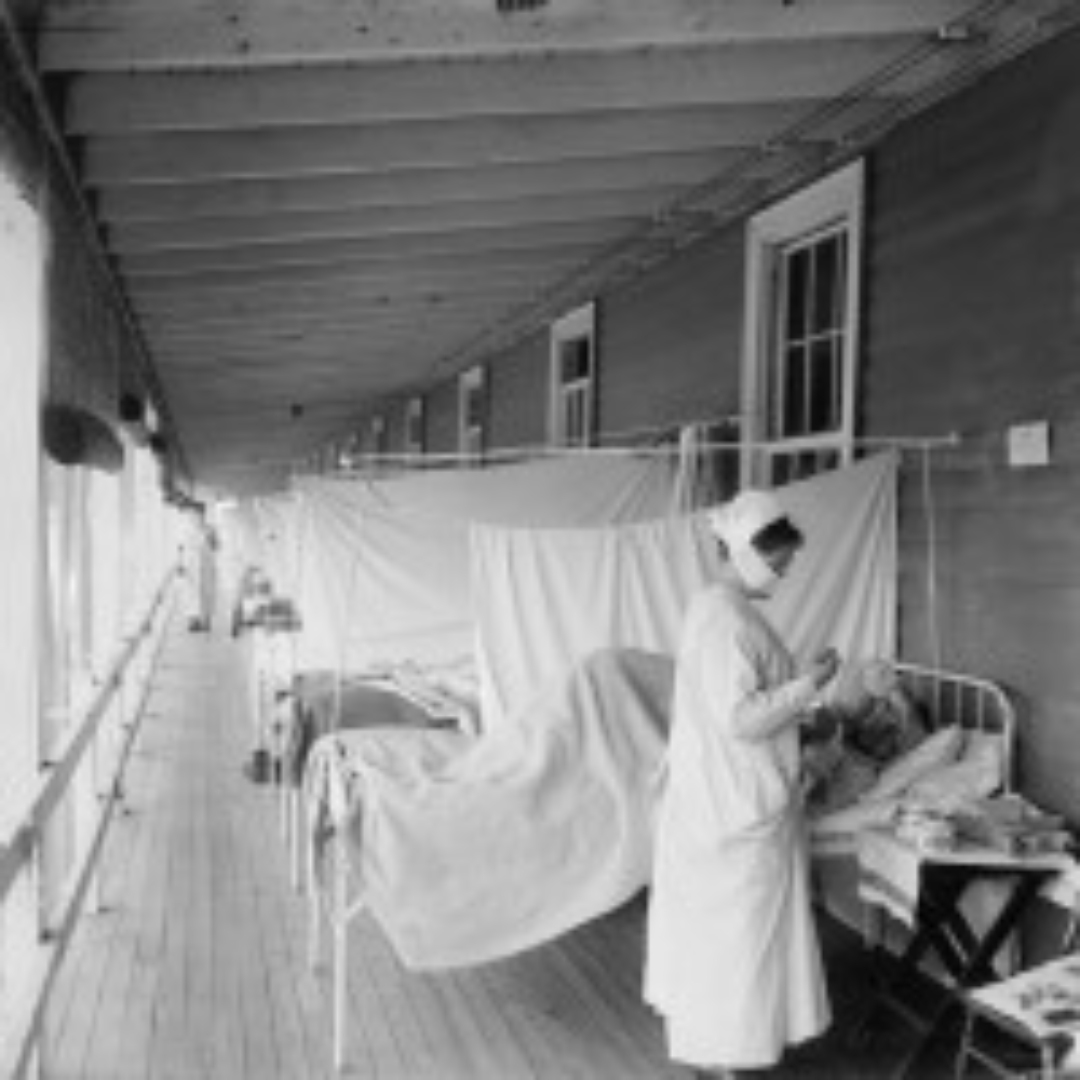
Almost 5,000 new influenza cases were reported in New York City
By Oct. 19, 1918, the epidemic continued to grow worse with 4,875 new cases of influenza reported in New York City. Richmond Borough President Calvin Van Name implored New York’s population, health commissioner Dr. Royal S. Copeland to close Staten Island theaters, saloons, and other places of amusement in the hopes of bringing a swift end to the epidemic.
Dr. Copeland would not budge and believed that the school program was working, and cited evidence indicating that at least half of the absences in school were not due to illness but to overly concerned parents who decided to keep their children home. He believed that the epidemic would soon crest and then decline.
Overall, from September 15 through November 16 – the period of New York’s epidemic – the city experienced nearly 147,000 cases influenza and pneumonia, which resulted in 20,608 deaths. These figures gave New York an excess death rate of 452 per 100,000 individuals, the lowest on the Eastern seaboard. Copeland could be proud of his city of the work he did.
Tags:
Source: Influenza Encyclopedia
Credit: Photo: Courtesy University of Michigan Center for the History of Medicine.
